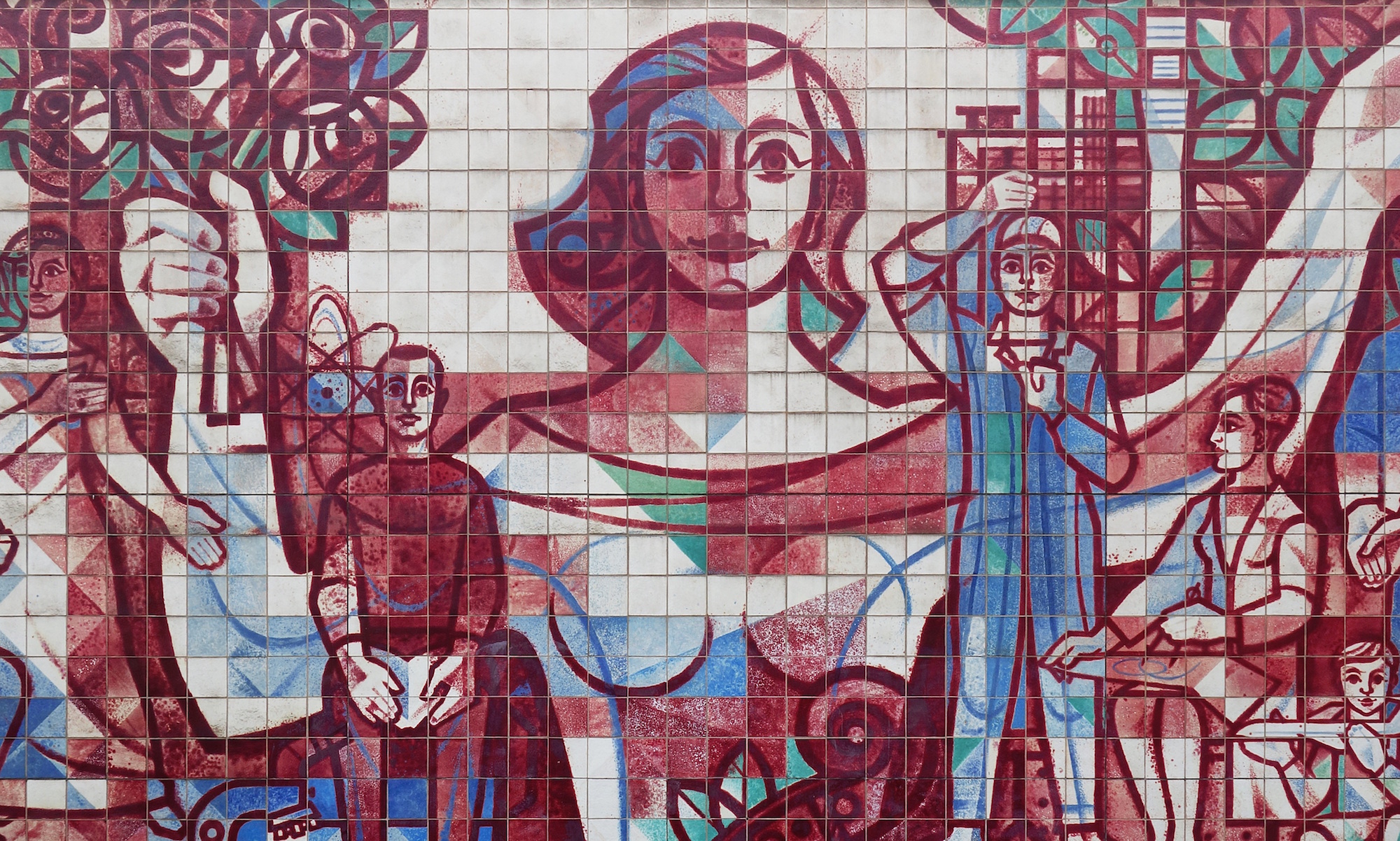
The Governor of Pennsylvania, Ed Rendell, has been pushing for casinos on Philadelphia’s Delaware River waterfront for many years. However, it wasn’t until recently that his efforts have started to develop into a reality. The story of slot parlor gambling in Philadelphia, which is mired in deceit, cronyism, and secret deals, is flawlessly told in “Gaming the System” by Matthew Teague.
Even if you live nowhere near Philadelphia, this article illustrates the corruption, at all levels of government, that you don’t want to believe could ever be true. For example, Act 71–the Act that would allow gambling in Philadelphia–was passed late at night on the 4th of July with “no public scrutiny, no hearings, and no input from citizens.”
Many concerned citizens have been organizing against casinos in Philadelphia. During the mayoral primaries, which were last week, Casino Free Philadelphia held a vote on a referendum–which was forced off the “legitimate” ballot by the casino control board–that would keep casinos 1,500 feet from homes, schools, and places of worship. The results showed that 95% of voters do NOT want casinos in their neighborhoods.
There are many problems with casinos including traffic and crime. But my biggest issue is that they’re essentially they’re a tax on the poor. The majority of their income, between 30 and 50 percent, comes from “problem gamblers” which leads to increases in divorce, bankruptcy, suicide, white-collar crime, lost work time, stress-related sickness, anxiety and depression.
As an economist interviewed for Teague’s article put it, “In the end for every dollar of benefits casinos bring to Philadelphia, they will cost us more than three.”
Source: Philadelphia Magazine
